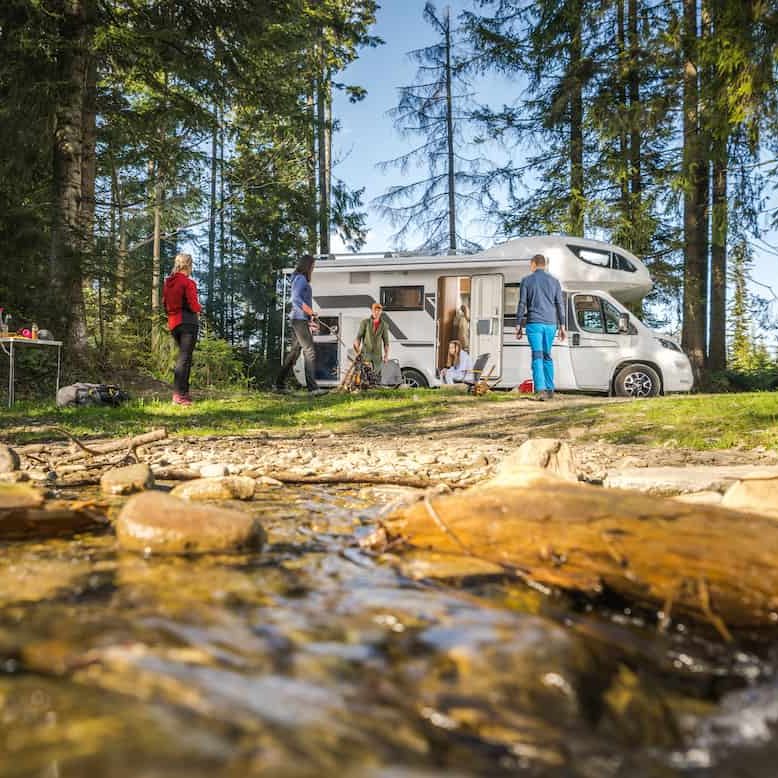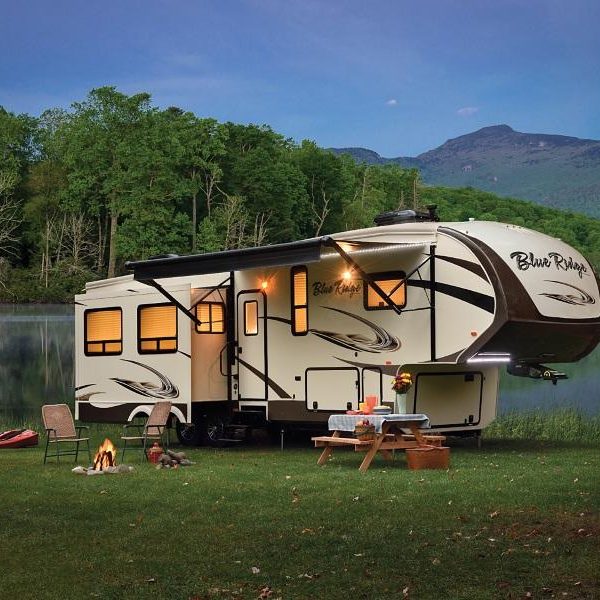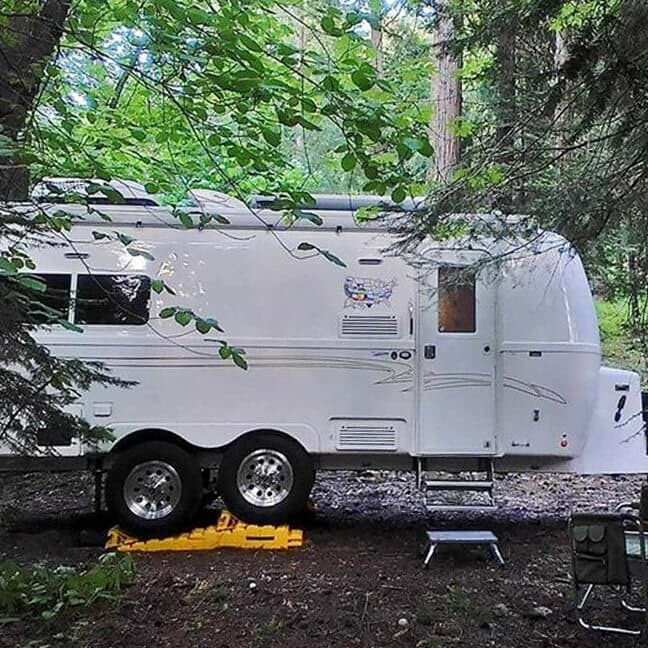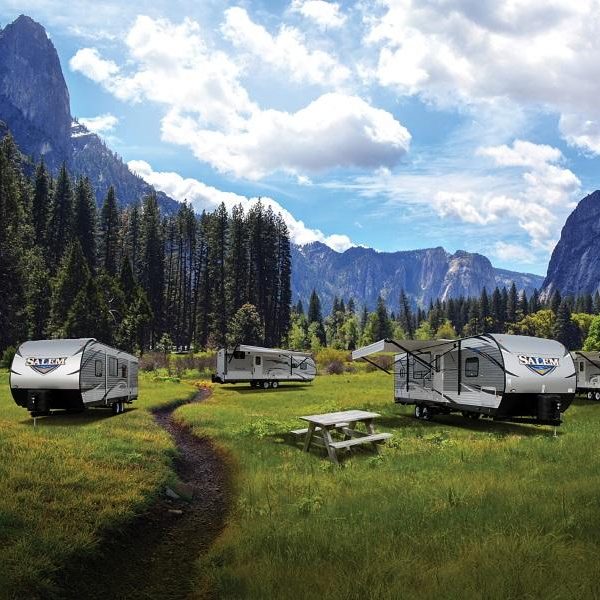Introduction to Dry Camping
Dry camping, often referred to as boondocking, is a popular style of camping where no water, electricity, or sewage connections are available. Campers rely solely on their own resources and equipment to ensure a comfortable experience. This approach to camping allows individuals to immerse themselves in nature while avoiding crowded campgrounds. It offers a unique sense of adventure and independence that many outdoor enthusiasts crave.
Dry camping can take place in various locations, including national forests, Bureau of Land Management (BLM) lands, and other remote areas. This style of camping is particularly attractive to those who own RVs, vans, or other mobile accommodations that can provide a level of comfort. However, tent campers can also engage in dry camping by practicing self-sufficiency. Understanding the basics of dry camping helps ensure a safe and enjoyable experience.

Benefits of Dry Camping
Enhanced Connection with Nature
One of the most significant benefits of dry camping is the opportunity to connect with nature. Campers frequently find themselves in stunning, natural settings, away from urban distractions. Being in remote locations allows individuals to experience star-filled skies, tranquil landscapes, and the sounds of wildlife. This immersion in nature can promote relaxation and provide a refreshing break from everyday life.
In addition, dry camping encourages a slower pace of living. Without the conveniences found in developed campgrounds, campers often find themselves more engaged with their surroundings. This connection can lead to greater appreciation for the environment and inspire a desire to protect natural resources. Overall, the experience fosters mindfulness and a deeper understanding of the great outdoors.
Cost-Effectiveness
Dry camping is often more affordable than staying in traditional campgrounds with amenities. Many national forests and BLM lands allow for free or low-cost camping, making it an appealing choice for budget-conscious campers. In addition, costs associated with campground reservations, utility fees, and other expenses can be avoided.
The potential for lower costs makes dry camping an attractive option for families and long-term travelers. Saving money on campsite fees allows for more funds to be allocated to activities, excursions, and exploration. Additionally, with proper planning and resource management, dry camping can result in overall savings when compared to conventional camping methods.
Preparing for Dry Camping
Essential Equipment
Before embarking on a camping adventure, proper preparation is crucial. Having the right equipment can significantly impact the overall experience. Essential items may include a reliable portable stove or a camping grill, as cooking facilities are generally limited. A solar-powered or battery-operated lantern can also provide light without the need for electrical hookups.
For those camping in RVs or vans, it’s important to have a good power management system, which may include solar panels or an inverter. Additional resources, such as portable water containers, water purification tablets, and a large cooler, can help ensure access to drinking water and food storage. Proper bedding, clothing layers, and first-aid kits should also be included to enhance comfort and safety during the trip.
Planning and Research
Researching potential camping locations is key to a successful trip. Understanding the regulations, access points, and any permit requirements is essential to avoid unwanted surprises. Many remote camping areas have specific rules regarding campfires, waste disposal, and length of stay, so it’s wise to familiarize yourself with those guidelines ahead of time.
Also, checking weather conditions and seasonal changes can help ensure a comfortable experience. Some areas may become difficult to access during inclement weather, while others might require different preparations depending on the time of year. Taking time to plan and gather information will enhance the overall experience and contribute to safety.

Water and Hydration
Water management is a crucial aspect of dry camping. Since most dry camping locations lack running water, campers must bring their own supply. It is recommended to calculate daily water needs based on the number of individuals and planned activities. Around one gallon per person per day is a good rule of thumb for drinking, cooking, and washing.
Investing in a large, durable water container can facilitate this process. When refilling, it’s wise to do so at designated sources that offer potable water. Utilizing water purification methods, such as filtration systems or purification tablets, can ensure safety. Efficient water usage becomes essential in dry camping, and planning ahead will help campers make the most of their resources while maintaining proper hydration.
Food and Cooking
Cooking in dry camping settings often requires creativity and resourcefulness. Without access to full kitchen facilities or electricity, preparing meals involves utilizing portable cooking equipment. Portable camp stoves, Dutch ovens, and cast-iron pans are versatile options that allow for a variety of meals. Many campers find that one-pot meals save both time and cleanup work.
Stocking up on non-perishable food items, such as canned goods, pasta, rice, and dehydrated meals, can simplify meal planning. Fresh fruits and vegetables can be brought along, but it’s wise to consume them within a few days for optimal freshness. Cooking meals in advance and using vacuum-sealed bags can help make meal preparation easier in the field. Overall, thoughtful food planning can enhance the dry camping experience while making mealtime enjoyable.
Safety Considerations for Dry Camping
Wildlife Awareness
While dry camping offers the chance to enjoy nature, it’s important to remain aware of wildlife. Many remote areas are home to various animals, and campers must take precautions. Understanding which animals may inhabit the area, such as bears or snakes, can inform necessary safety measures.
Proper food storage is critical to preventing wildlife encounters. Utilizing bear canisters or securing food in sealed containers will keep animals at bay. Additionally, never attempt to feed or approach wildlife. Respecting the space of animals contributes to both their safety and your own. Being aware of your surroundings and practicing vigilance can help ensure a safe camping experience.
Emergency Preparedness
Emergency preparedness is vital for dry camping, particularly since remote locations may limit access to medical services. Carrying a well-stocked first-aid kit is essential. The kit should include band-aids, antiseptic wipes, pain relievers, and any personal medications. It’s also wise to familiarize yourself with basic first aid procedures before your trip.
Additionally, having a communication plan is important in case of emergencies. Consider carrying a portable charger for devices and ensuring someone knows your itinerary. A fully charged mobile phone can help in case of emergencies, but remember that coverage may be limited in remote areas. Taking the necessary precautions can provide peace of mind and enhance the overall experience.

Community and Resources for Dry Camping
Online Communities
Engaging with online communities can be an invaluable resource for dry campers. Numerous forums, social media groups, and websites are dedicated to the dry camping lifestyle. These platforms provide spaces where individuals can share tips, stories, and recommendations.
Fellow campers often share their experiences with various locations, helping new campers find suitable areas. An online community can lead to newfound friendships and connections with like-minded individuals who share a passion for the outdoors. These exchanges can enrich the dry camping experience, making it more enjoyable and rewarding.
Essential Apps and Tools
Several mobile applications have emerged to assist campers in their dry camping endeavors. These apps often provide maps, weather forecasts, and user-generated information regarding campsites. Some popular resources include Campendium, AllTrails, and iOverlander. These platforms allow users to locate nearby campsites, read reviews, and access GPS directions.
Weather apps are also crucial for monitoring conditions, as weather can change rapidly in outdoor environments. Offline maps may be advisable since service can be spotty in remote areas. Utilizing technology can enhance safety and navigation, making dry camping more manageable and enjoyable.
Conclusion: Embracing the Dry Camping Lifestyle
In conclusion, dry camping offers a unique opportunity to explore nature while fostering self-sufficiency and independence. With proper planning, preparation, and awareness, dry camping can be an enriching experience that enhances one’s love for the outdoors. The benefits, from cost-effective travel to enhancing connection with the environment, make it an appealing option for many.
Understanding the essentials of water management, food preparation, and safety measures equips campers with the tools needed for a successful trip. Embracing the sense of community through online resources and fellow campers can further enrich the experience.
As more people seek to detach from the hustle and bustle of daily life, dry camping stands out as a perfect solution. The allure of remote locations and the freedom to experience nature on one’s terms create lasting memories. Embrace this adventure, and embark on your next dry camping journey equipped with knowledge and enthusiasm!
